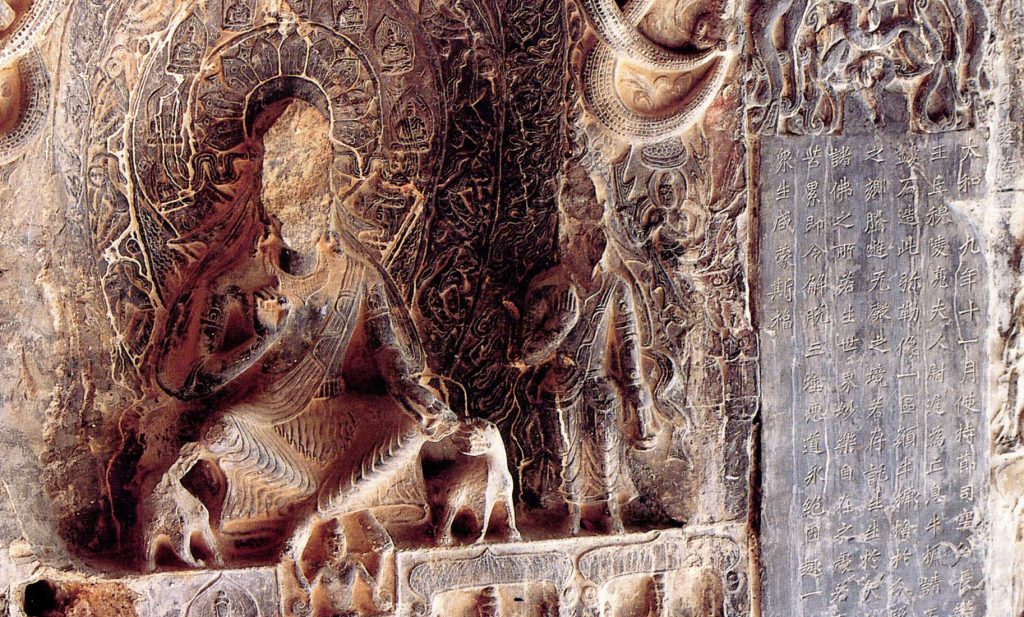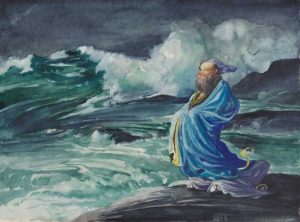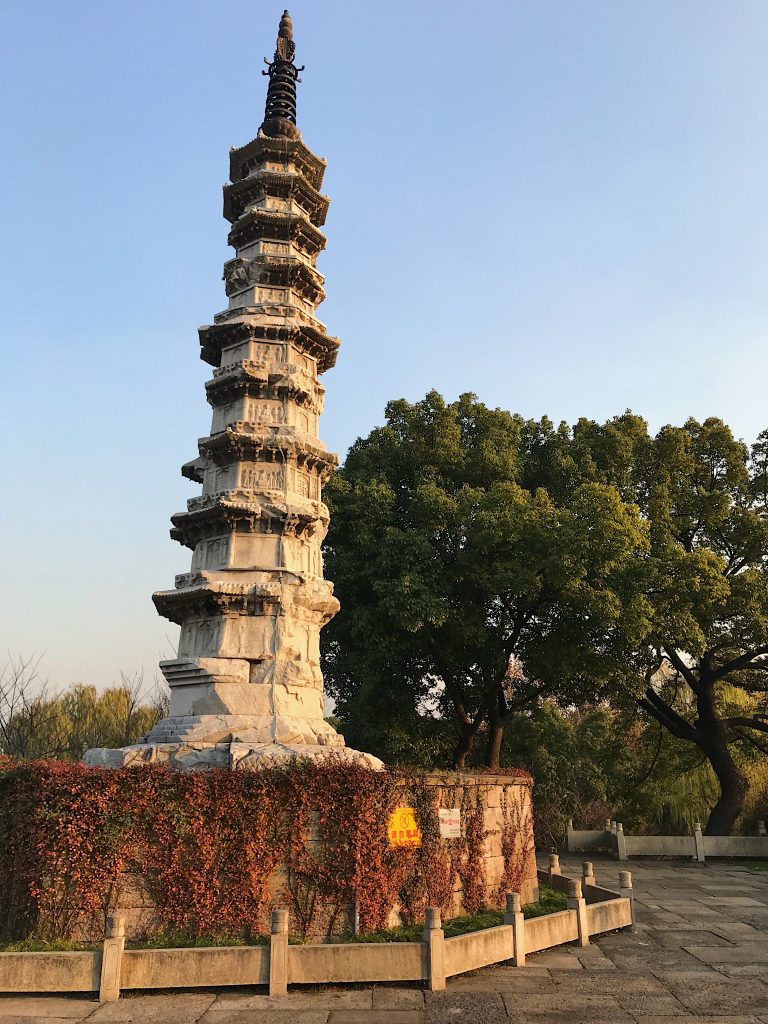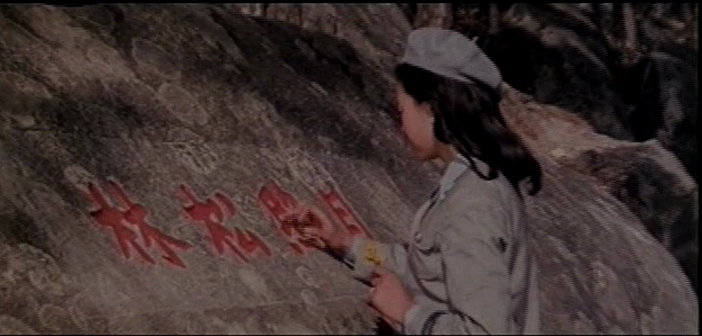Visual and Material Perspectives on East Asia is proud to present our schedule for Winter 2019
All sessions unless otherwise noted will take place on Fridays 4:30-6:30pm in the Cochrane-Woods Art Center (CWAC) Room 156
January 25, Minori Egashira, Ph. D Student
Department of Art History, University of Chicago
“Risō Sculptures in Meiji Japan: Takenouchi Hisakazu’s Gigeiten and the Nihonga Style.”
February 8, Yueling Ji, Ph. D Student
Department of East Asian Languages and Civilizations, University of Chicago
“Queering the Sino-Soviet Alliance Posters.”
February 21, Jenny Lee.
(Cancelled).
March 1, Jeehey Kim, Postdoctoral Instructor
Department of Art History, University of Chicago
“Funerary Photo-portraiture in East Asia.”
March 1, (Special Joint Event with APEA)So Hye Kim, PhD Candidate,
EALC, University of Chicago
“Beyond the Divided Korea: Zhang Lu’s Dooman River (2009)”
We look forward to your attendance and hope you will share this with all who might also be interested in joining our community. Please direct questions and inquiries to Dongshan Zhang at dongshan@uchicago.edu.







